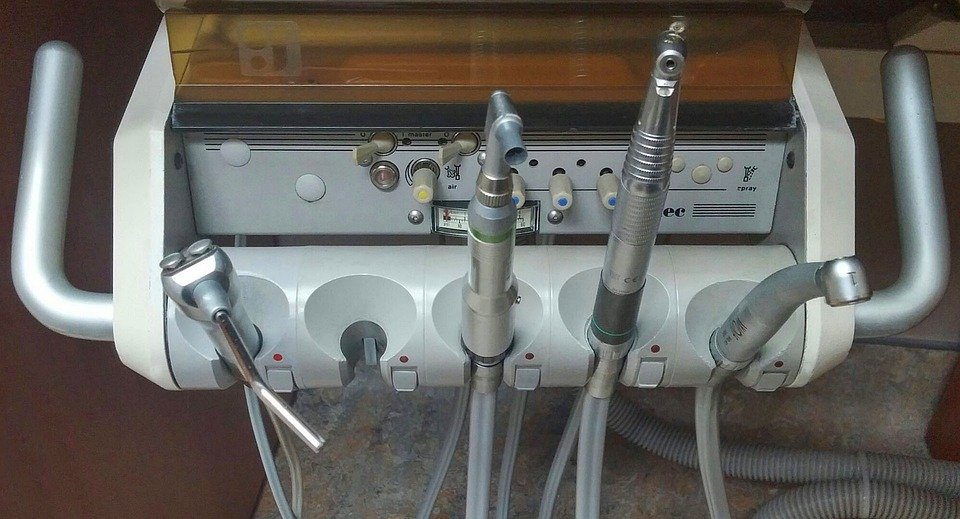How important is image stabilization in a dental photography lens
Okay, so I’m building up my dental photography kit and trying to decide where to splurge and where to save. I know I need a macro lens, probably in the 100mm-105mm range. I’m seeing options both with image stabilization (IS) and without.
My question is, how much does image stabilization really matter for dental photography? I’m generally shooting at relatively high shutter speeds anyway, using my ring flash or twin flash. Will I even benefit noticeably from having IS?
I mean, I’ll be shooting:
- Intraoral shots: Tight spaces, often a bit awkward positioning for me.
- Extraoral shots: Portraits, smiles, etc.
- Shade matching: Getting accurate color representation is crucial.
Will image stabilization help me get sharper images in these scenarios, or is it really overkill considering I’m often using flash to freeze the motion? Is it worth the extra cost, or should I put that money towards a better flash system or something else entirely? Are there specific situations where IS really shines in dental photography?
Answer
Image stabilization (IS), also known as vibration reduction (VR) by Nikon, is a crucial feature in a dental photography lens for several reasons, directly impacting the quality and consistency of dental images. These images are used for diagnostics, treatment planning, communication with patients and labs, documentation, and educational purposes. Here’s a detailed breakdown of its importance:
Reduced Blur from Camera Shake:
- Magnification: Dental photography often involves high magnification, particularly when capturing intraoral details like enamel cracks, margin fit, or subtle color variations. At high magnification, even the slightest movement of the camera is amplified, resulting in significant blurring. Image stabilization compensates for these movements, allowing for sharper images at higher magnifications.
- Ergonomics and Positioning: Dental professionals frequently work in challenging ergonomic positions within the confined space of the oral cavity. These positions can make it difficult to hold the camera perfectly still, increasing the likelihood of camera shake. Image stabilization helps mitigate this challenge, allowing the photographer to maintain stability even in awkward postures.
- Shutter Speed: Image stabilization allows the use of slower shutter speeds without introducing motion blur. This is particularly important in dental photography because:
- Limited Light: The oral cavity is often a poorly lit environment. While dental photography setups typically include auxiliary lighting (ring flashes, twin flashes), using slower shutter speeds can allow the lens to gather more light, resulting in better exposure and reduced noise in the image, especially when shooting at higher apertures for greater depth of field.
- Depth of Field: To achieve adequate depth of field (the portion of the image that is in focus) when photographing dental structures, smaller apertures (higher f-numbers like f/16, f/22, or even higher) are often required. Smaller apertures reduce the amount of light entering the lens, necessitating longer exposure times or higher ISO settings. Image stabilization allows for those longer exposure times, without blurring due to camera shake.
Improved Image Sharpness:
- Fine Details: Dental photography demands the capture of extremely fine details, such as the texture of a tooth surface, the marginal adaptation of a restoration, or the presence of microfractures. Image stabilization enhances the overall sharpness of the image, enabling the clear visualization of these crucial details.
- Diagnostic Accuracy: Sharper images lead to more accurate diagnoses. Clear visualization of anatomical landmarks, pathological conditions, and treatment outcomes is essential for effective clinical decision-making.
Enhanced Workflow Efficiency:
- Fewer Retakes: By reducing blur caused by camera shake, image stabilization minimizes the need to retake images. This saves valuable time during dental procedures and reduces patient discomfort. Repeated exposure to flash can be uncomfortable for patients, so a higher percentage of successful images on the first attempt is preferable.
- Confidence in Image Quality: Knowing that image stabilization is working to minimize blur provides the photographer with greater confidence in the quality of the images being captured. This confidence can lead to a more efficient and streamlined workflow.
Impact on Lighting Choices:
- Flexibility with Flash: While flash is often used in dental photography to provide consistent lighting, there are situations where ambient light can contribute to the overall image (e.g., in portrait shots showcasing the patient’s smile). Image stabilization allows for more flexibility in balancing flash and ambient light, as slower shutter speeds can be used to capture more of the available ambient light without introducing blur.
Overall, image stabilization is a very valuable feature in a dental photography lens. It significantly enhances image quality, improves workflow efficiency, and provides greater flexibility in capturing the essential details needed for diagnosis, treatment planning, and communication in modern dentistry.

Post Comment